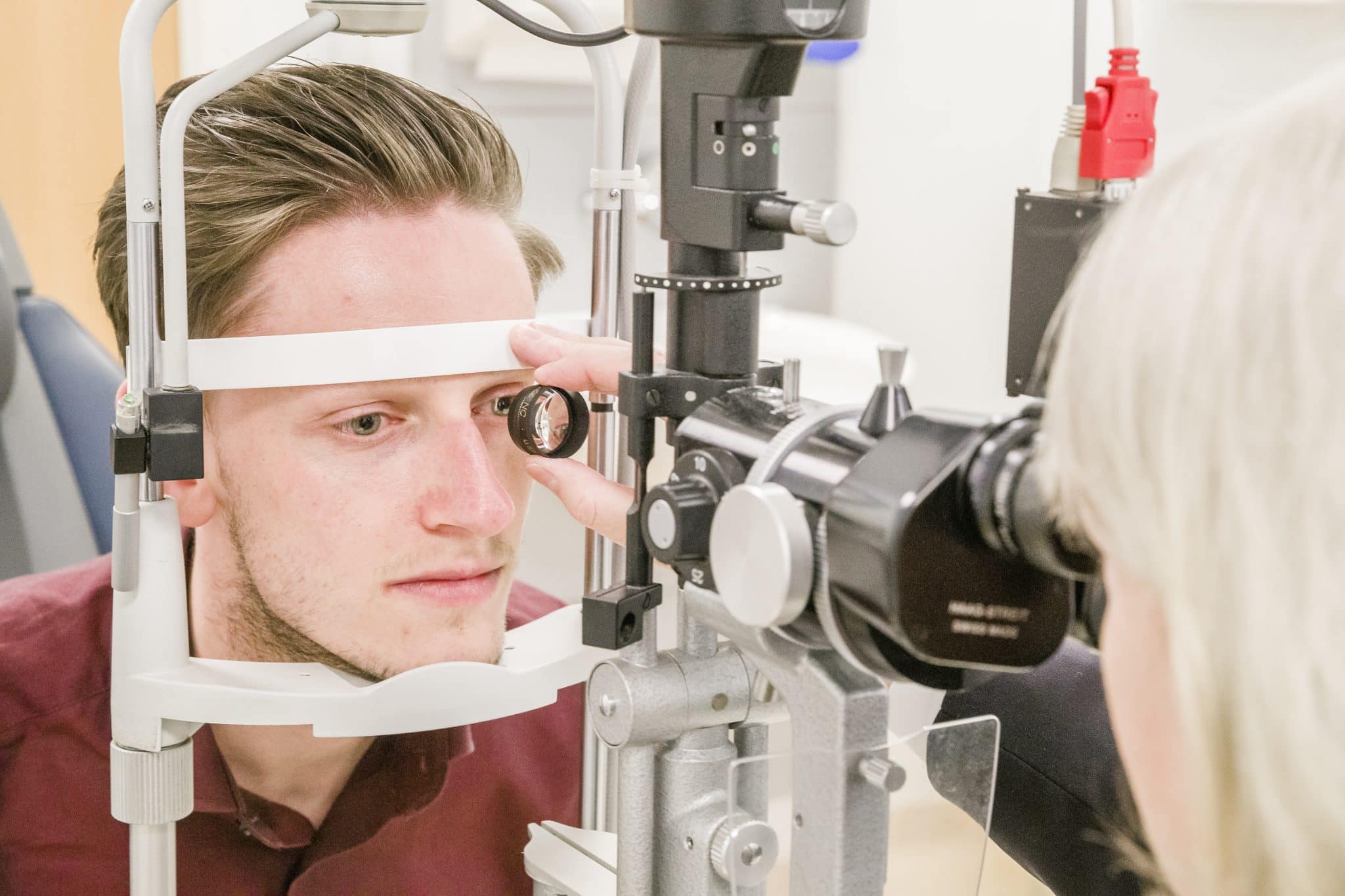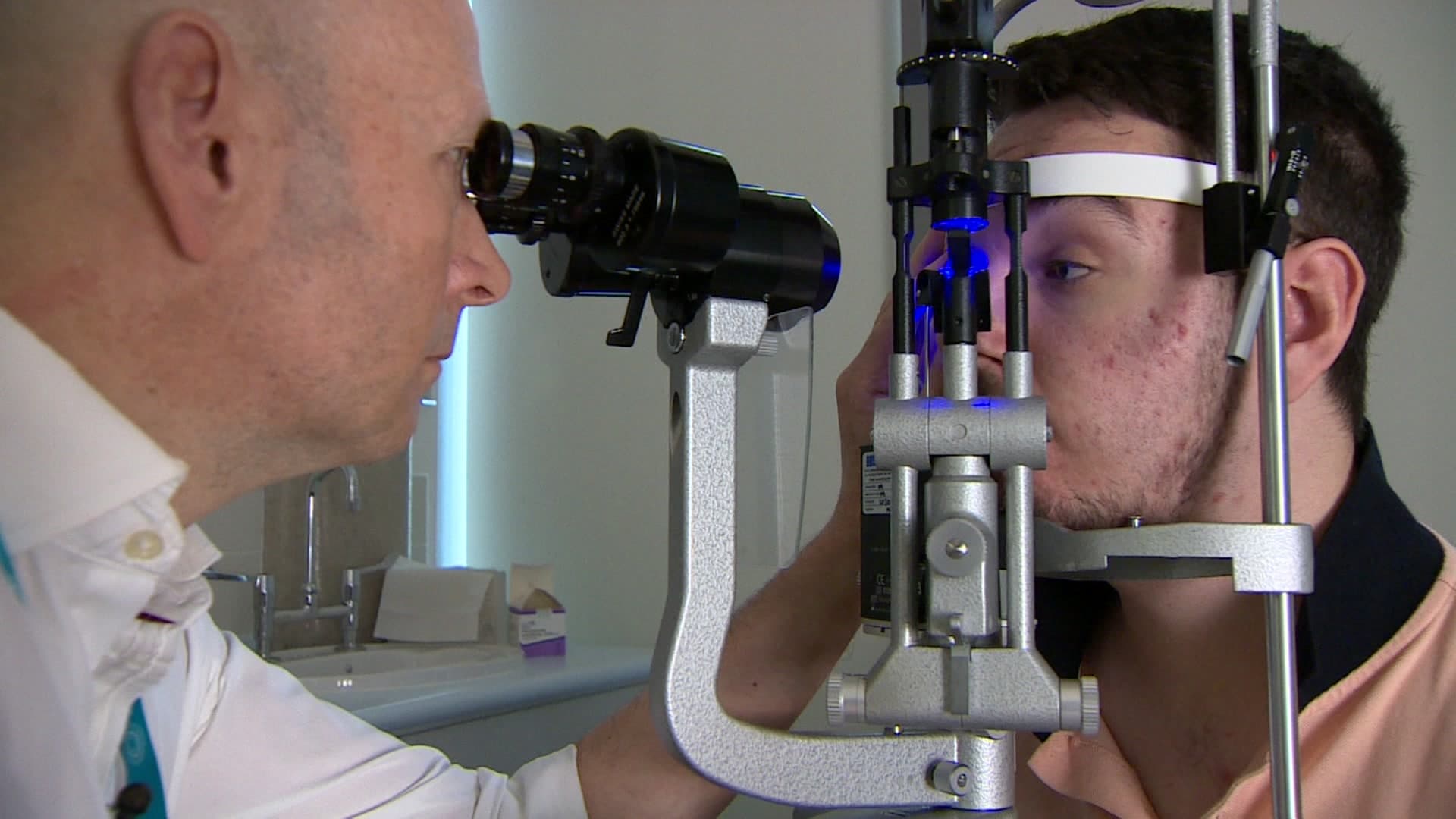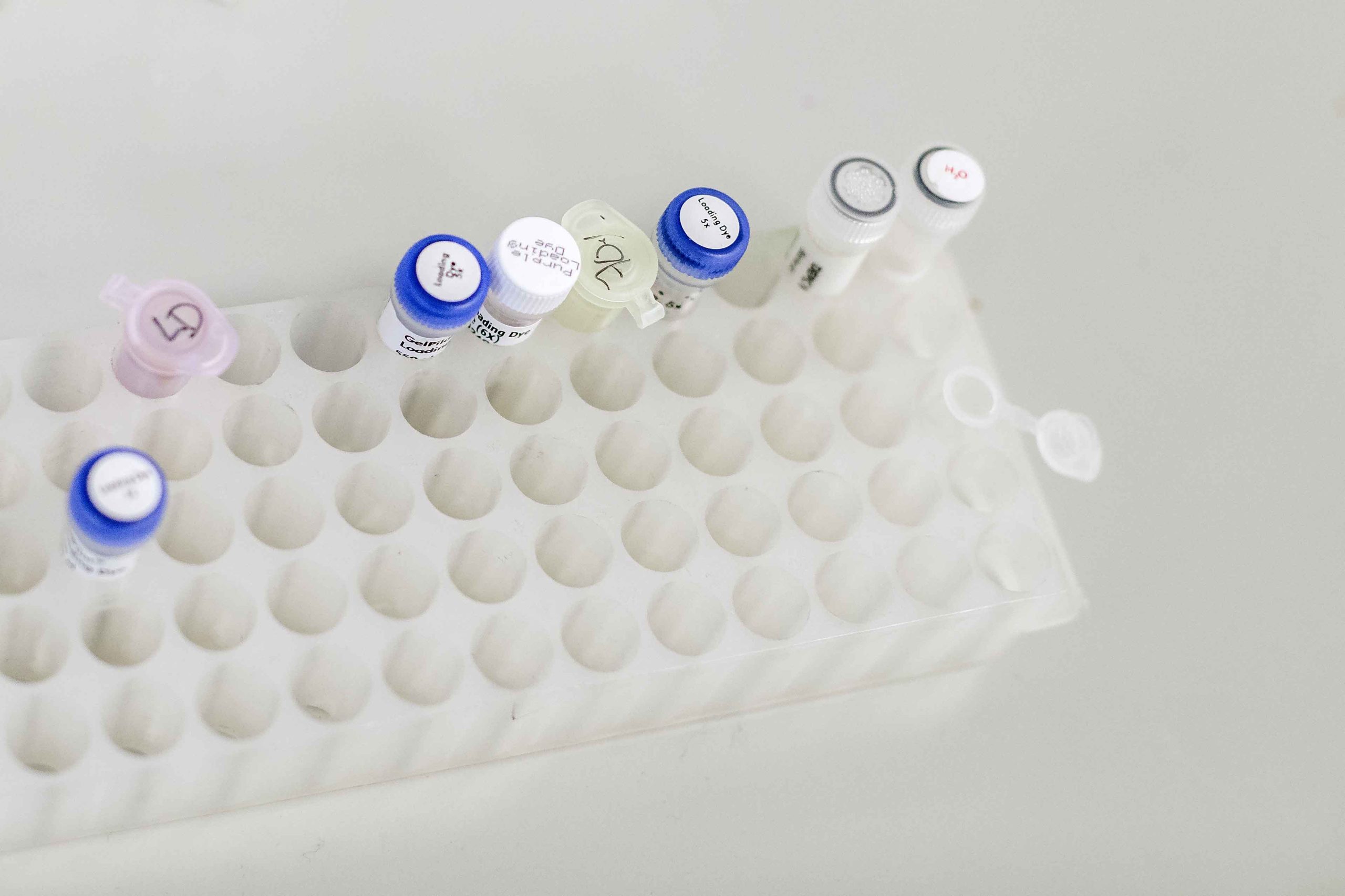
Leber Congenital Amaurosis (LCA)
Leber Congenital Amaurosis (LCA) is a rare genetic eye disease that appears at birth or in the first few months of life.
Search results

Leber Congenital Amaurosis (LCA) is a rare genetic eye disease that appears at birth or in the first few months of life.

In January 23-year-old Jake Ternent became the first person with an inherited sight loss condition to be treated in the UK with Luxturna (voretigene neparvovec) for Leber congenital amaurosis (LCA).

Progress towards treatments for inherited retinal conditions continues to gather pace and there’s been lots going on in the last few months, with more and more approaches being explored. This round-up gives a flavour of the variety of developments, including plenty that are not specific to a particular genetic fault.

Funding from Retina UK has allowed to team to explore the viability of gene therapy as a treatment for RP and related conditions, and build a pipeline of clinical trials.
Autosomal recessive inheritance means that the faulty gene is on an autosome (any chromosome other than the sex chromosomes) and that both copies need to be faulty to cause sight loss

We are proud to work collaboratively with a number of corporate partners to enable our community to live fulfilled lives today as well as supporting the pharmaceutical industry in their mission to develop potential new treatments.
ProQR has published the top-line results from its Phase 2/3 “Illuminate” trial of the RNA therapy sepofarsen for Leber congenital amaurosis type 10 caused by a specific mutation in the CEP290 gene.

Biotechnology company ProQR has announced that two of its RNA therapy development programmes for inherited sight loss are being acquired by Laboratoires Théa, a company specialising in eye care products.
Despite the challenges of the pandemic, researchers and pharmaceutical companies are still making progress towards delivering new treatments for inherited sight loss.